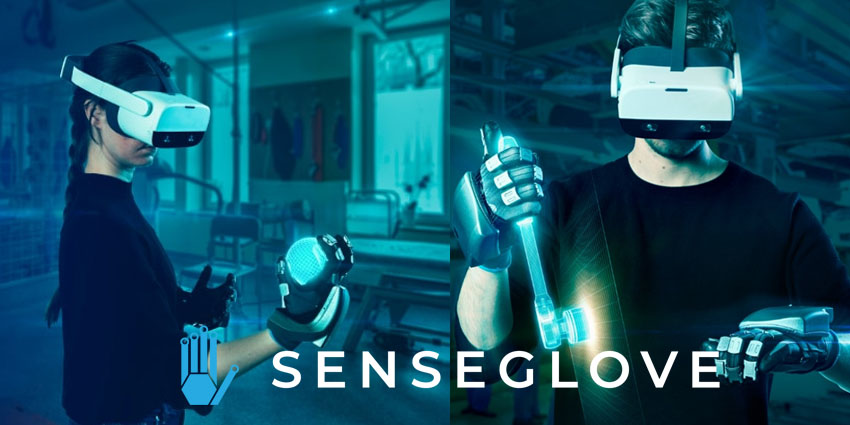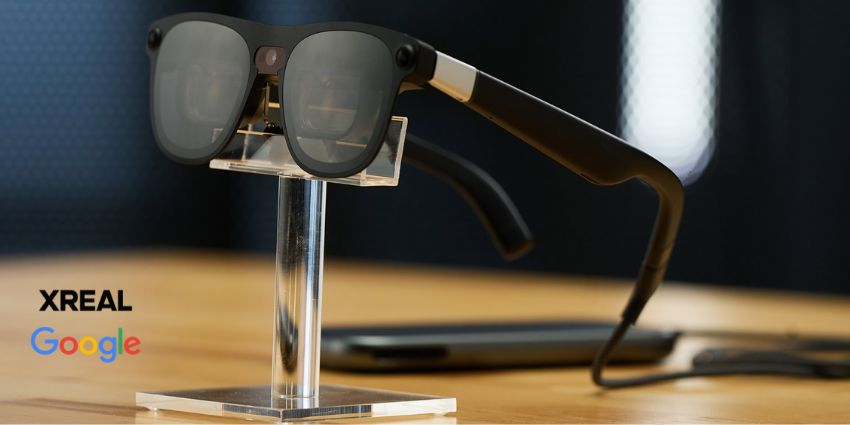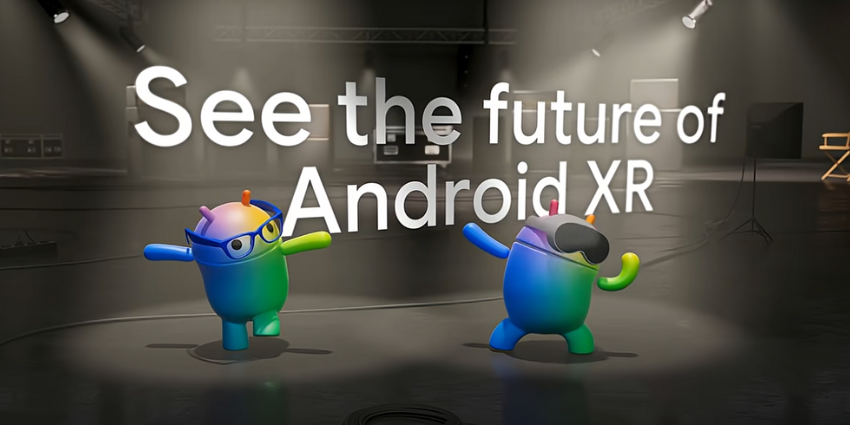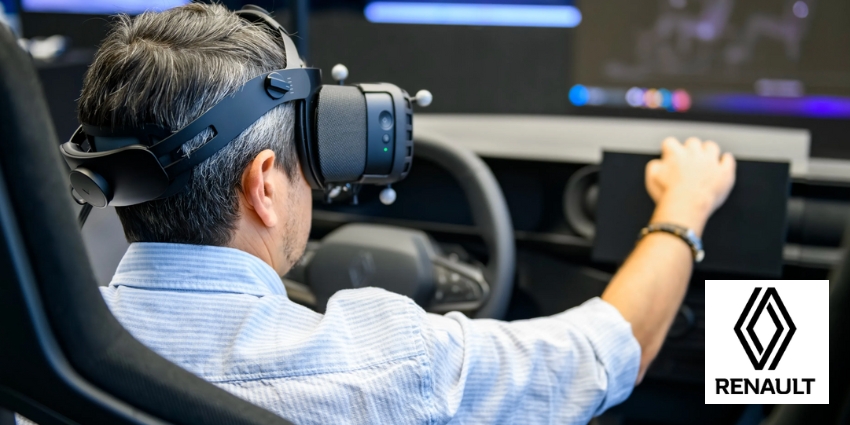Dutch haptic and tracking gloves firm SenseGlove’s Nova gloves have begun shipping globally, the company announced this week.
The Delft-based company has designed its exoskeleton haptic gloves solution with force and ‘vibrotactile’ feedback to simulate sensory touch with virtual objects.
Nova creates movement resistance to mirror interactions with virtual objects and uses its vibrotactile feedback for smaller, more precisely targeted sensory input.
The pair of advanced feedback gloves cost $5,000 USD, with the company offering discounts for bulk purchases over ten units, and are compatible with HTC VIVE, Oculus Quest, and Pico Neo headsets.
Users must install a further set of trackers to use HTC and Oculus head-mounted displays.
Gijs den Butter, SenseGlove CEO, said in a previous statement usability was “as important as [the gloves] technical features” to deliver natural interactions and scale up training processes.
SenseGlove debuted a prototype model of its Nova gloves at the Consumer Electronics Show (CES) 2021 in January, which differes significantly from the currently shipped model.
The Nova, which fits three specific sized hands, has been built with injection-moulded antibacterial materials and users can remove its external textiles for cleaning.
Developments in Haptic VR Technologies
The news comes after the Royal Dutch Ministry of Defence’s Simulation Centre adopted the SenseGlove Nova’s prototype for further research to train soldiers and staff in muscle memory exercises.
The news comes as firms such as HaptX and WS Darley develop additional sensory feedback solutions for training learners in crucial jobs such as hazardous materials handling, assembly, firefighting, and others, adding a new layer of sensory interaction for learners working with VR training solutions.







